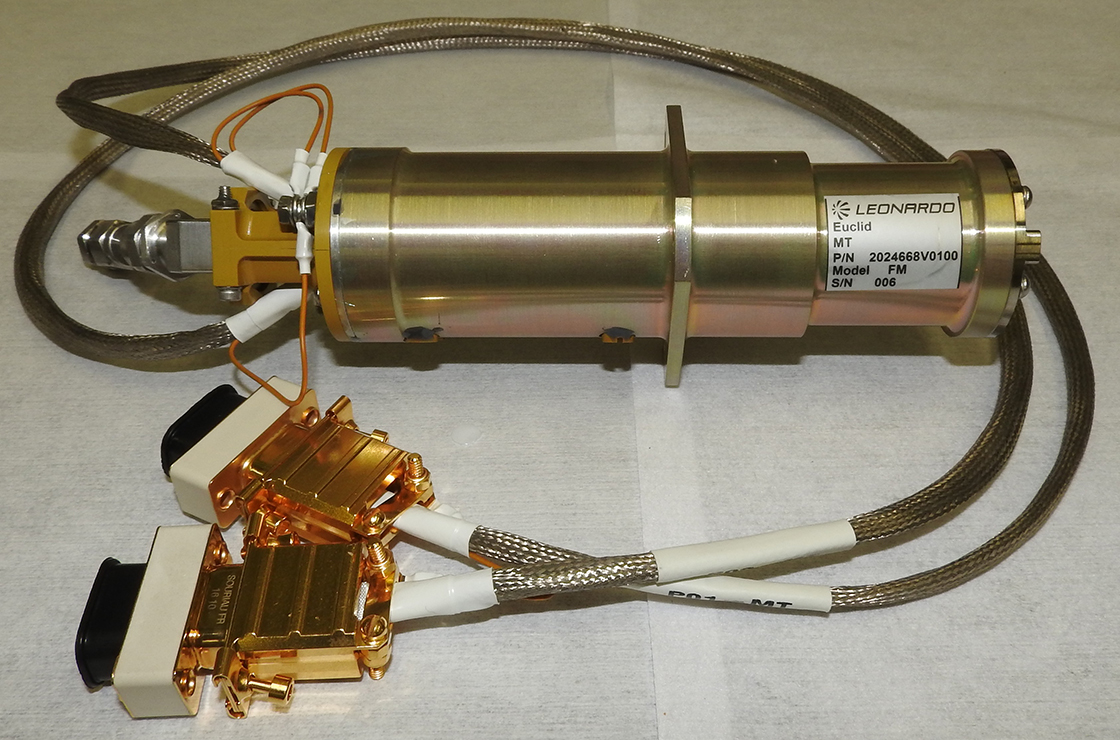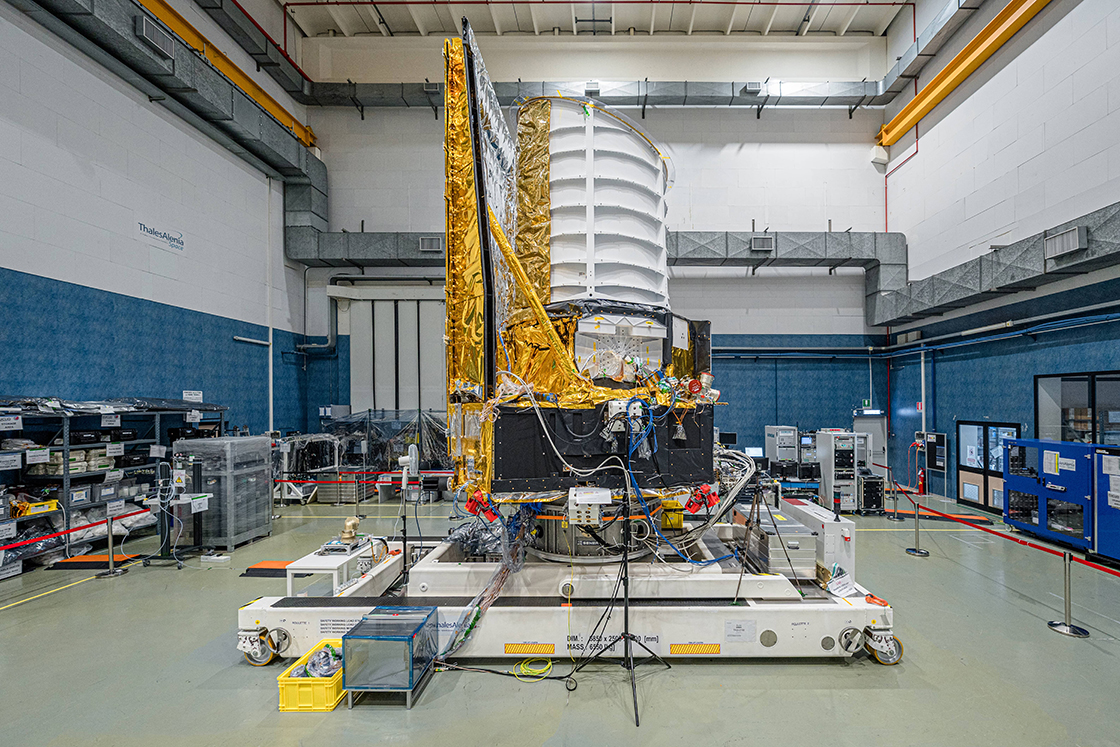Taking its name from Euclide of Alexandria, the Greek mathematician who founded the subject of geometry (reminding us that the density of matter and energy is linked to the geometry of the Universe), the scientific mission to study the cosmos planned for launch by the European Space Agency (ESA) will receive a major contribution from the Italian Space Agency (ASI). The Euclid satellite will explore the dark universe and, next July, will be launched on the SpaceX Falcon 9 rocket from Cape Canaveral in Florida, United States. It will stay in orbit for about six years, at an average distance of 1.5 million km beyond the Earth’s orbit.
Euclid will study the expansion and evolution of the Universe, to understand how its structure was formed over the course of cosmic history. Based on the data sent back, astronomers will be able to deduce the properties of dark energy and dark matter - which together make up 95% of the Universe - and of gravity, further clarifying their precise nature. To do this, the satellite’s array of instruments will include a telescope that will map more than a third of extragalactic space (i.e. that lying beyond the Milky Way), observing billions of galaxies up to ten billion light years away and taking highly accurate pictures in optical and near-infrared light.
Leonardo has made an important technological contribution to the mission - together with the Thales Alenia joint venture (Thales 67% and Leonardo 33%) - with funding and coordination from the Italian Space Agency (ASI).
To enable such distant galaxies to be observed, the company's plants in Nerviano (MI) and Campi Bisenzio (FI) have produced cold gas microthrusters and a Fine Guidance Sensor (FGS), the hyper-technological and ultra-precise equivalent of a sextant (an instrument used in antiquity for celestial navigation) that can calculate where the Euclid telescope needs to be pointed with an accuracy never before reached by a European satellite. The instrument will play a key role in developing a 3D map of the Universe, enabling the telescope to calculate its orientation in space every two seconds and to detect the glow of stars, even the very faintest.

Leonardo Fine Guidance Sensor

Leonardo cold gas microthruster
Leonardo is also supplying the photovoltaic panels that will power all of the satellite's systems. There are three panels comprising a total of almost 3,000 cells, installed above the heat shield and able to withstand up to +160°, with the function of providing power to the telescope and protecting it from heat.
The ESA selected Thales Alenia Space as prime contractor to build the mission's satellite (constructed and assembled at the Turin plant) and its service module.

Euclid satellite, credits Thales Alenia Space
As well as a high-gain K-band antenna, a foldable and steerable instrument for collecting and amplifying satellite signals built at the Rome site, Thales Alenia Space has also supplied the X-band transponder, a device used to receive, amplify and re-transmit radio signals in the X-frequency band.
With its images, its mapping of a huge number of galaxies, and its data on the shapes, sizes and positions of billions of stars, Euclid will build a large archive of unique data - unprecedented in its volume for a space mission - enabling the scientific community to examine some of the most fascinating aspects of physics and cosmology.

